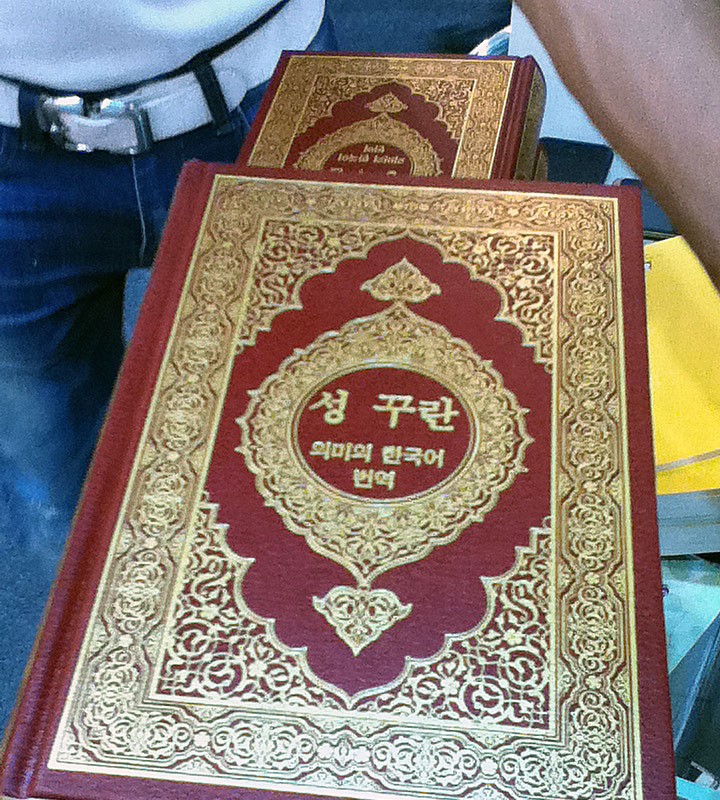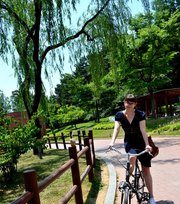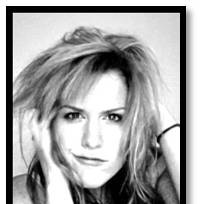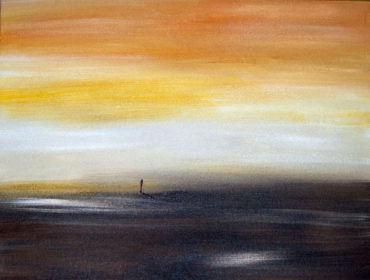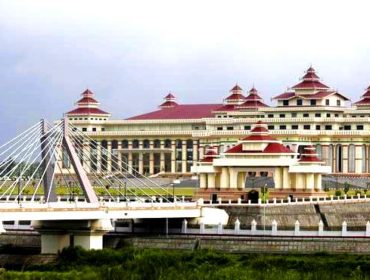Editor’s Note: This is part of an on-going loose-leaf series on different types of Religion and Spirituality practiced in Korea. Christianity, Buddhism, Islam, Shamanism will be reported on from an eye-level perspective.
Parts 1 and 2 of the Dahn cult story.
Parts: 1 , 2 and 3 of The Yoido Cospel Church. (The concluding Part 4 coming in August)
The second part of searching for Islam in Korea will be coming in Sept. from 3WM.
By Kyle McGregor
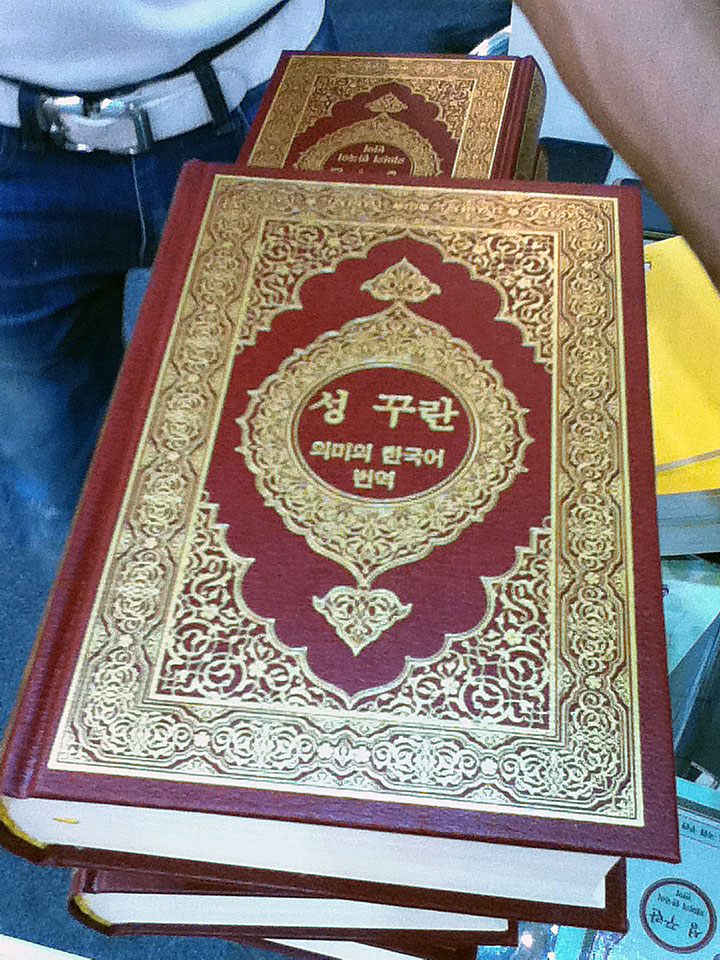
Have you ever asked yourself, whatever happened to so and so? Like as a very funny example: how are the Mohammad Lee’s doing? It’s only natural such thinking should pop up when finding a 1970’s story of a Korean converting to Islam through the Itaewon mosque’s ministrations.
According to the myth the power of Allah moved a Korean history teacher to return to his small village and begin converting friends and neighbours to Islam. I was caught asking myself was this the first Islamic Korean community on the peninsula? And if it were around today, what would a Korean Islamic village look like?
Surely such a place would be of interest to Muslims around the world, an oasis, a spot of shared fellowship for Muslims of different races. Forget about the search engines; it was time to take a field trip for the forgotten Korean Muslim colony just outside of Seoul.
In my mind, I almost saw the expedition leaving from a wharf and chugging up stream in this quest for the forgotten Muslim village.
What did we expect to find? Thoughts were a vital Muslim community awaited us; they had had over thirty years to grow and prosper. How would suburban Korean culture and Islam blend, would Korean women be wearing niqabs, the meat shops only sell halal and the call to worship unfettered, loud, almost earth shaking for those nearby?
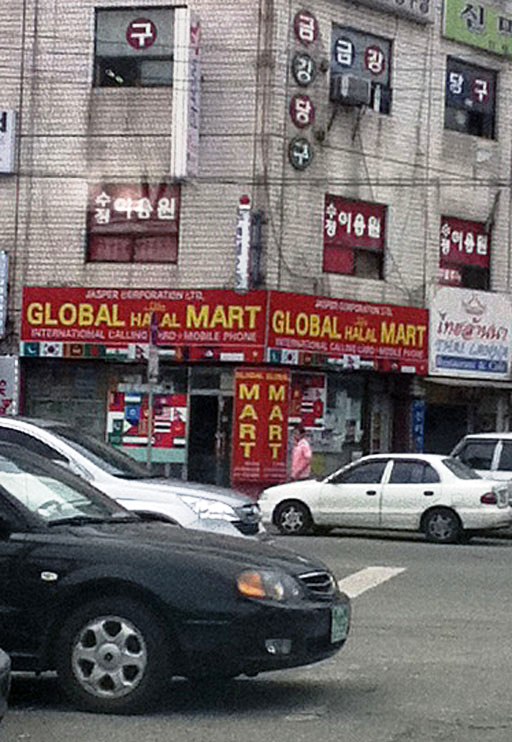
In the mosque what cross section of jobs would there be? According to research, the majority, factory workers, as Ssangyong is an industrial village. The small center survives on the life blood of imported, migrant labour from countries such as Pakistan and Bangladesh.
As we came closer, kilometre after kilometre, things were amiss for an Islamic area; there were crosses, lots of them. Was this Muslim Korean village, a modern Roanoke, a vanished colony? Maybe the five churches at the northern edge of Ssangyong were telling us something?
Feet on the ground we went out and began asking the local population. Is there a mosque here? Has there ever been one? The answers came back a unified ‘no’, the age group didn’t matter from young to old, the church ladies to martial artist did not know of a mosque. Maybe even asking the question in these quiet Christian neighbourhoods was disturbing to the locals?
Even our faint clutching at straws of a Middle Eastern style window on a church came crashing down. Had we tied our ship at the wrong wharf? Was the map somehow wrong? Could the story have been wrong?
It was time to take a new tack: city hall. If anyone was to know of where the lost colony and their mosque would be, it would be the local government. With new hopes, we followed the signs downstream to the magnificent, fairly new city hall building and its helpful staff.
Yes a mosque did exist, it was not straight forward, and the logical, reasonable input for the GPS produced road trips worthy of movies, go close to Gwangju or go towards to Busan. It wasn’t until a couple of calls to a family GPS expert that we clued into the mosque being listed as a residence.
Never thought of a mosque as a residence, but it does make sense for a Muslim religious leader (Imam) to call this place his home. Well, hallelujah, we were finally on track and on our way to the southern outskirts of town. On church count, seven more by the time our ship turned a corner and saw world marts and the halal districts.
This was not the prosperous section of town. Koreans walked freely around it in average street wear, the area has a few halal shops, but by appearances the Muslim businesses are not booming, they are all merely getting by in this economy. A vacant lot fenced in holds garbage, the side streets seem dirtier than the Korean average, no signs of niqabs anywhere, not even on clothing lines, and the area is simply depressing.
So far we’ve counted one foreigner running a shop that sells halal, the second an auburn bearded expat is the Imam at the mosque. The people in charge of leading worship according to the white board are all foreigners, the Korean presence; the colony seems to have done a Roanoke.
Looking at the area, the Dhawa, the missionary work entrusted to all Muslims be they foreigner or native seems to have fallen mostly on deaf ears. The migrant population seems content to stick to the area around the mosque. On that thought, we headed back to Seoul.
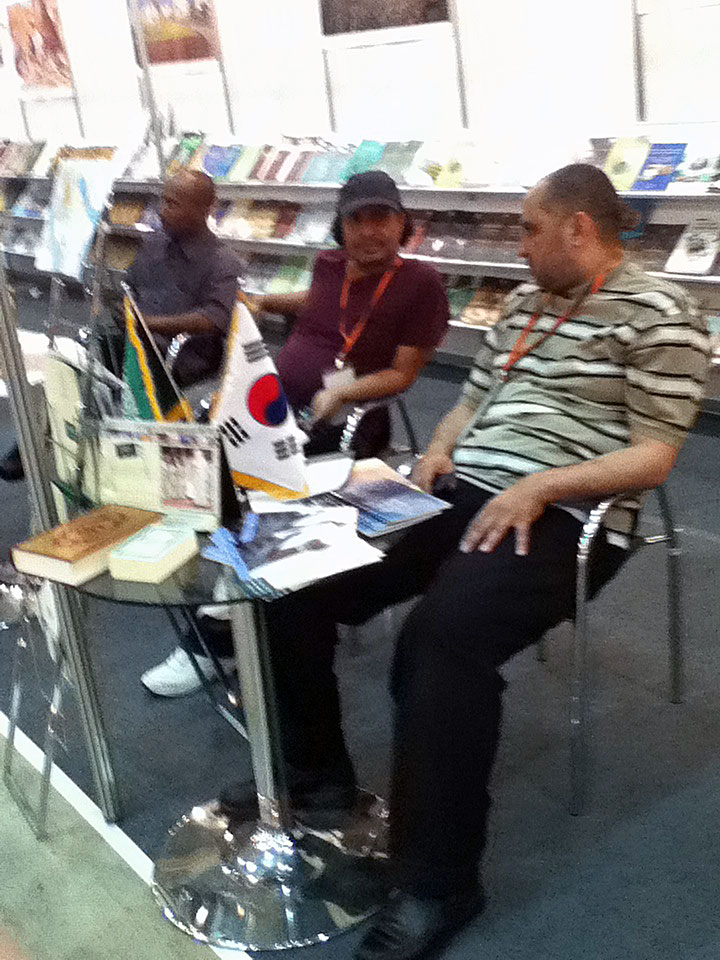
We decided to change the direction of the mission and headed to the International Travel fair at Coex. On the third floor at the back of the fair are a collection of booths extolling the virtues of visiting the Middle East. Women here are thrilled to get their hands decorated in henna and to wear colourful clothes from Arabian counties. They like me are thrilled by the dance demonstrations, the mixture of men and women’s dancing with passion is breathtaking.
A friend raves about the service she got on Dubai airlines, and the kind Koreans manning that booth in traditional clothes of that region doesn’t dissuade. Islam has put on its best face, and the Koreans at the show love it. They flock to the booths promoting travel to Dubai, Qatar, Kuwait, Egypt and the other countries in the region, the Islamic spring hasn’t stopped people from wanting to visit.
But does anything not quite feel right? There is the large coloured map of Muslim’s countries, beige is Islamic, white non-Islamic and upon looking at the beige, Israel is counted in as Muslim. Maybe this was just an oversight?
No sense that this has impacted the Israel travel booth, they are all smiles even as middle eastern women pass by, showing only their eyes as they guide their young children. The children are in normal street wear, the mothers though are of another age and climate. The costume they wear is harsher than the colourful one’s Korean women are scant thirty meters away are playfully putting on and taking off after taking pictures.
Feeling the Korean enthusiasm I myself am even tempted to visit Qatar, the nation’s wonders does tempt a visit. However, there are still questions that remain in my mind about Islam in Korea that need to be answered before venturing that far to the east.
A volunteer at the Fair hanging by a large stack of free Korean Korans was happy to answer questions and help do missionary work for Islam. He spoke of the common roots of the Christianity, Judaism and Islam.
To him and other believers in Islam, Jesus is not the son of God; he’s merely a man who was a prophet. The trinity doesn’t exist for Muslims. But the conversation about what that makes Islam and Christianity incompatible, we don’t go into nor does Sufi humor get discussed, it is put down under regional differences of Islam. The religion accepts the cultural backgrounds of Turkey, Iran, Iraq and other countries that have become Islamic.
In the course of this conversation, ten Koreans have picked up Korans and gone on their merry way. My well practiced host, a resident of Korea for the past ten years, tells of their being 12 mosques in the country and of the harmony, the peaceful coexistence of Islam with others. Of the mosque east of Seoul, he knows nothing, thinks of the Itaewon mosque and displays pride in the fact it has existed here since 1976.
Coming in September a visit to the Mosque in Itaewon.
 Print This Post
Print This Post



